Nicotine-Free Snus: Redefining the Future of Smokeless Alternatives
As more consumers move away from traditional tobacco products in favor of healthier, non-addictive options, a new category is emerging at the intersection of innovation and demand: nicotine-free snus. Designed to replicate the tactile and sensory experience of classic Swedish snus—without the addictive core element—this product is quickly becoming a point of interest for forward-looking manufacturers, wholesalers, and brands targeting the wellness-oriented market.
For businesses operating in the tobacco replacement space or considering an expansion into nicotine-free offerings, understanding how this category is made, who it’s for, and what it can do for your portfolio is no longer optional—it’s essential.
What Exactly Is Nicotine-Free Snus?
Traditional snus has long been valued for its convenience and smoke-free delivery of nicotine. Typically tucked under the upper lip, it allows users to absorb nicotine through the gum without any combustion. But what happens when you remove the nicotine?
Nicotine-free snus retains the moist, pouch-based format of classic snus but swaps out tobacco and nicotine for herbal or botanical alternatives. It’s made to simulate the texture, taste, and feel of traditional products—offering a familiar ritual minus the dependency. This makes it appealing to a rising demographic of wellness-conscious users, as well as brands looking to expand into lower-risk, high-retention product segments.
How Is Nicotine-Free Snus Made?
While the final product resembles traditional snus in form, the production methods behind nicotine-free versions focus on clean ingredients, safe processing, and sensory fidelity. Here’s what goes into it:
1. Selecting the Base
Instead of tobacco leaves, manufacturers opt for finely ground tea leaves, mint, eucalyptus, or other fibrous botanicals. These raw materials are chosen for their natural mouthfeel and ability to carry flavor.
2. Grinding and Mixing
Once selected, the base is milled into a consistent, moist blend. This allows it to bind well in pouch form and mimic the dense texture of traditional snus.
3. Flavor Development
Flavoring is where brands can truly differentiate. Classic profiles like bergamot or spearmint are common, but fruit blends, spices, and even functional botanicals (e.g., chamomile, ginseng) are also emerging. Natural oils, extracts, and safe additives are blended in at this stage.
4. Moisture Balancing
Snus must feel moist yet firm in the mouth. That’s why manufacturers pay close attention to humidity calibration—ensuring longevity, freshness, and user comfort.
5. Pouching & Packaging
Nicotine-free snus is typically packed in portioned pouches for clean, precise use. Loose formats are also available but less common outside Nordic markets. Automated machinery handles packing, sealing, and labeling in accordance with health and safety standards.
6. Quality Control
Even without nicotine, the product must meet strict consumer safety standards. Leading factories such as Snuff Factory apply rigorous quality control protocols and offer full traceability—key for B2B buyers focused on consistency and regulatory compliance.
Why B2B Buyers Are Watching This Segment Closely
Health-First Consumer Appeal
With nicotine removed, the product eliminates dependency risk—an ideal solution for ex-smokers, wellness-driven individuals, and new users wary of traditional tobacco.
Simplified Global Compliance
Many regions regulate nicotine-free alternatives less stringently than tobacco or vaping products, easing your go-to-market roadmap—especially in countries with aggressive anti-tobacco policies.
Low-Barrier Innovation
With customizable flavors, pouch sizes, and plant-based formulations, nicotine-free snus offers fertile ground for brand differentiation. Whether you’re launching a sub-brand or developing a white-label SKU, flexibility is built in.
Cross-Segment Versatility
From wellness retailers to smoking cessation programs, the product fits a broad retail landscape. Its low-risk profile makes it suitable for lifestyle stores, pharmacies, and e-commerce alike.
Challenges to Consider
Of course, not every product is without hurdles:
-
Lack of Nicotine “Hit”: Some users may find the experience too mild without nicotine, particularly if they’re used to a strong buzz.
-
Consumer Awareness Is Still Growing: In many non-Nordic markets, nicotine-free snus is still unfamiliar. Expect an initial investment in education and positioning.
-
Cost of Specialty Ingredients: High-quality botanicals and natural flavorings can increase manufacturing costs, especially when scaling up.
That said, these hurdles are far from deal-breakers—they’re strategic considerations for positioning and marketing.
Where It Fits: Use Cases and Buyer Segments
1. Smoking Cessation Programs
Many public health initiatives and private clinics are looking for nicotine-free oral products to help smokers transition without replacing one addiction with another.
2. Functional Wellness Markets
Positioned as a mouth-pleasing, calming or energizing botanical product, nicotine-free snus can fit into the broader lifestyle space—especially when paired with herbal ingredients.
3. Younger Demographics
Regulatory scrutiny has made nicotine less accessible to youth. Nicotine-free snus provides a compliant, non-addictive entry point for brands targeting Gen Z lifestyle habits.
4. International Markets Beyond Scandinavia
While snus remains deeply rooted in Swedish tradition, nicotine-free alternatives have the potential to globalize, especially in Western Europe, North America, and Asia—where smoke-free preferences are on the rise.
Frequently Asked Questions
Q: Does nicotine-free snus still taste like traditional snus?
A: Yes—leading manufacturers use flavor profiles like bergamot, licorice, or mint to recreate the classic snus experience using herbal alternatives.
Q: Are there any regulations for nicotine-free snus?
A: While they’re typically not classified under tobacco laws, products must still meet food-grade or cosmetic regulations depending on the market. Clear labeling and safe ingredients are non-negotiable.
Q: Who produces nicotine-free snus?
A: Specialized suppliers like Snuff Factory offer scalable production for nicotine-free products, including formulation, packaging, and private-label services.
Q: Can I customize flavors and pouch sizes?
A: Yes—customization is a key value proposition. You can work with manufacturers to tailor flavors, strengths, pouch size, and even eco-friendly packaging to fit your brand.
Q: Is it safe for long-term use?
A: Generally yes, especially as there’s no nicotine or tobacco. Still, manufacturers should disclose full ingredient lists for consumer transparency.
Final Take: Is Nicotine-Free Snus the Next Big Category?
The rise of nicotine-free snus signals more than just a new product—it reflects a broader movement toward wellness, moderation, and choice. For businesses willing to invest early in innovation and consumer education, this category offers genuine potential.
If you’re exploring private-label production or searching for a reliable factory partner, consider connecting with Snuff Factory—a proven supplier with expertise in both nicotine and nicotine-free product lines.
As consumers continue to evolve, the brands that adapt—not react—will shape the next chapter in the smokeless revolution.

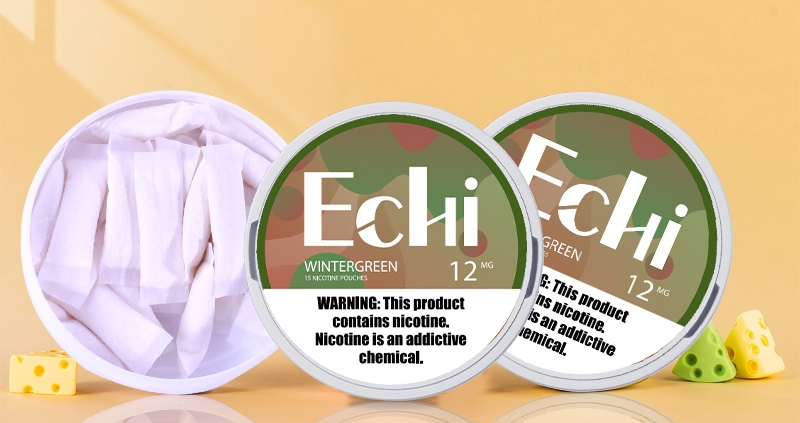
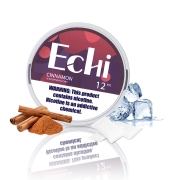
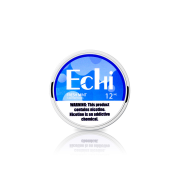
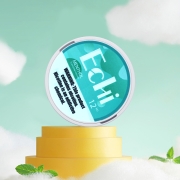
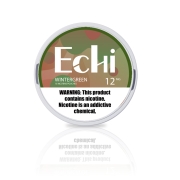
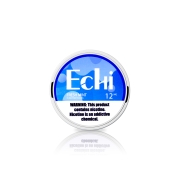
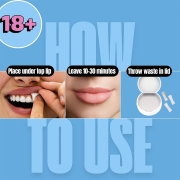


Leave a Reply
Want to join the discussion?Feel free to contribute!